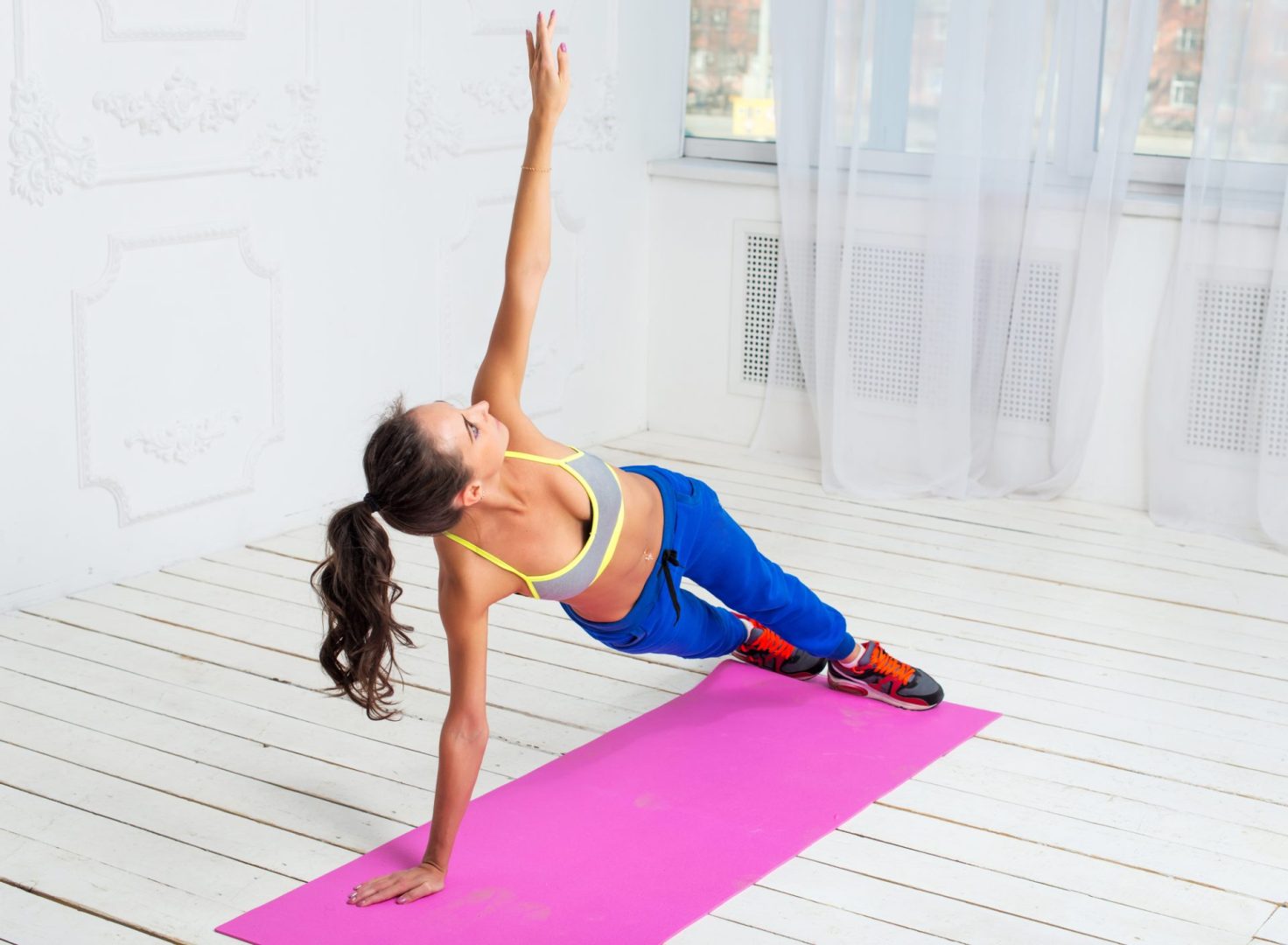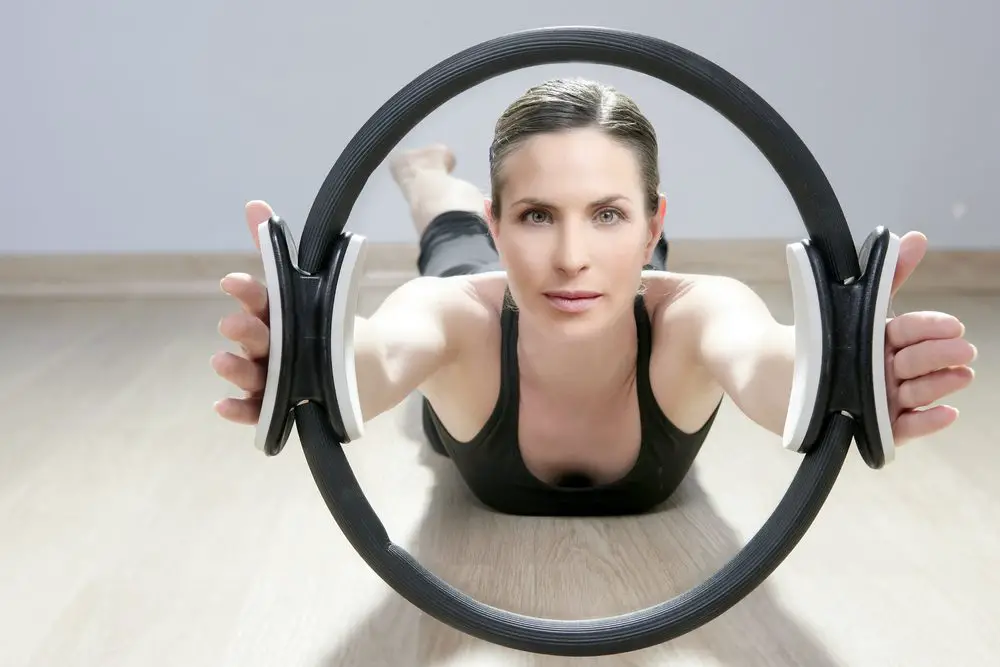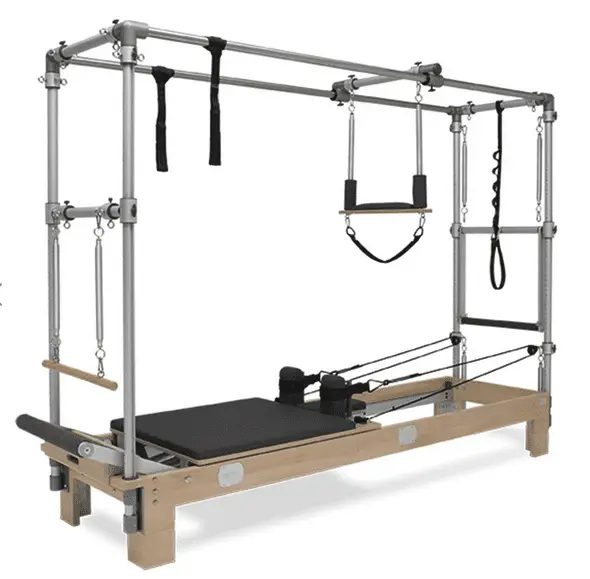Exercise
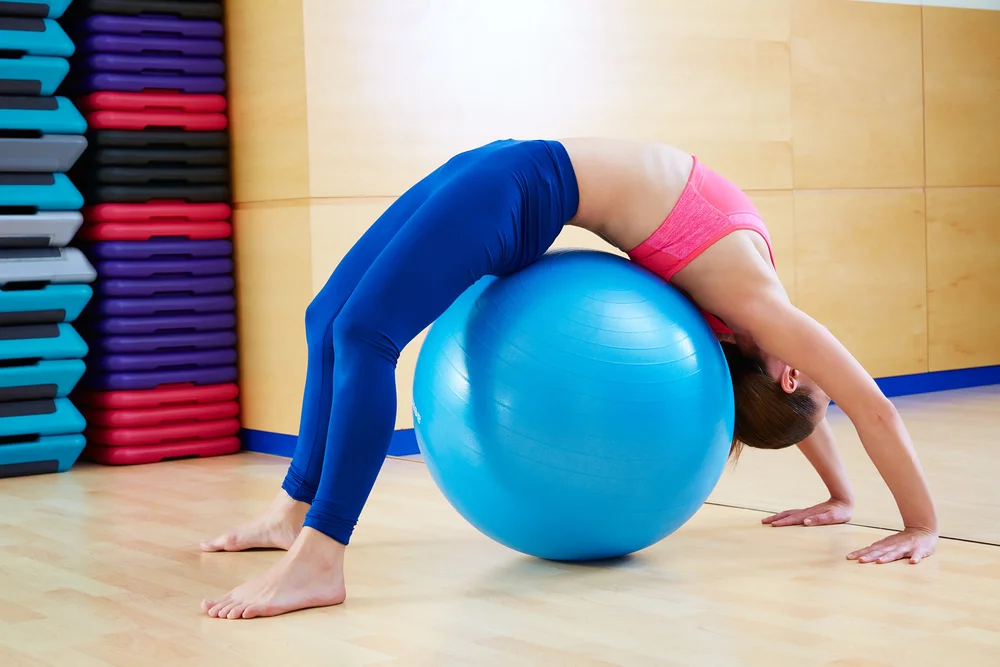
Low-impact aerobic exercises like Pilates, cycling, jogging, running, and swimming help relieve stress and promote a better quality of sleep, according to research published in the journal Gastroenterology.
These activities also have anti-inflammatory effects, meaning they can help keep digestive tract conditions under control.
With this in mind, we have isolated the 7 best Pilates exercises to help you with your IBS.
Spinal Extension
In general, people complain about tightness in the mid back, which is usually associated with a shortened lumbar spine.
They report that the tension feels like a band around the middle of their back.
Start by laying down on a table and roll up a large bath towel. Then place a rolled up towel under their head and shoulders and another one under their legs.
This helps keep comfortable while working on the area. Next, use a half barrel to stretch out the upper back.
Prop the passive end of the barrel against the floor and lift your hips off the ground. This stretches out the thoracic spine and opens the rib cage.
Once able to reach the ceiling without assistance, you slowly lower the head to the floor. When reaching the floor, Push into the floor with both feet, extending the entire spine.
This is repeated several times. Afterward, breathe deeply and hold the position for 5 seconds.
Finally, release the pressure on the barrel and return to lying flat on the table.
Spinal Lengthening
When people say “spine lengthening,” they typically mean lengthening the cervical spine.
Lengthening the cervical spine includes lengthening the neck, upper thoracic spine, lower thoracic spine, and upper lumbar spine.
By contrast, lengthening the lumbar spine refers to lengthening the lower lumbar spine, mid-thoracic spine, and sacrum.
Lengthening the spine requires educating clients on how to position themselves properly. People commonly believe that sitting up straight is enough to lengthen the spine.
However, when people do this, they actually decrease their lumbar lordotic curve.
Instead of focusing on sitting up straight, it is important to sit up tall. Sit up tall by keeping your head, shoulders, arms, hands, hips, knees, feet, ankles, and toes aligned.
Positioning your torso correctly will allow you to lengthen the spine without increasing lordotic curvature.
Sitting up straight may not be the best cue if, when doing this, you increase lumbosacral angle and roll your pelvis forward.
This anterior pelvic tilt often inhibits action of the Kegels. Instead, use the sequential use of your spine.
Lengthen the spine one segment at a time. For example, lengthen the cervical spine, then the thoracic spine, then the lumbar spine, and finally the sacroiliac joint.
Bridge
The bridge pose is one of those poses where you feel like you are about to die because it requires intense abdominal strength.
When you do the bridge pose, your body goes into flexion, meaning that you bend forward at your waist, meaning that you straighten out at your spine.
This causes strain on your abdominals, making them work harder than usual.
So how does the bridge pose help strengthen your abs and relieve IBS? First, it engages your obliques.
Your obliques are muscles that run along either side of your torso, extending from your lower ribs to your pelvis.
They play a role in stabilizing your trunk during movement.
It strengthens your glutes. Your glutes are three large muscle groups located underneath your buttocks.
These muscles include your piriformis, adductors, hamstrings, quadriceps, and calves. If you want to tone these muscles, try performing leg lifts.
You can start with 10 reps per leg, holding each position for five seconds. Once you master that, move onto 30 reps.
Roll Up
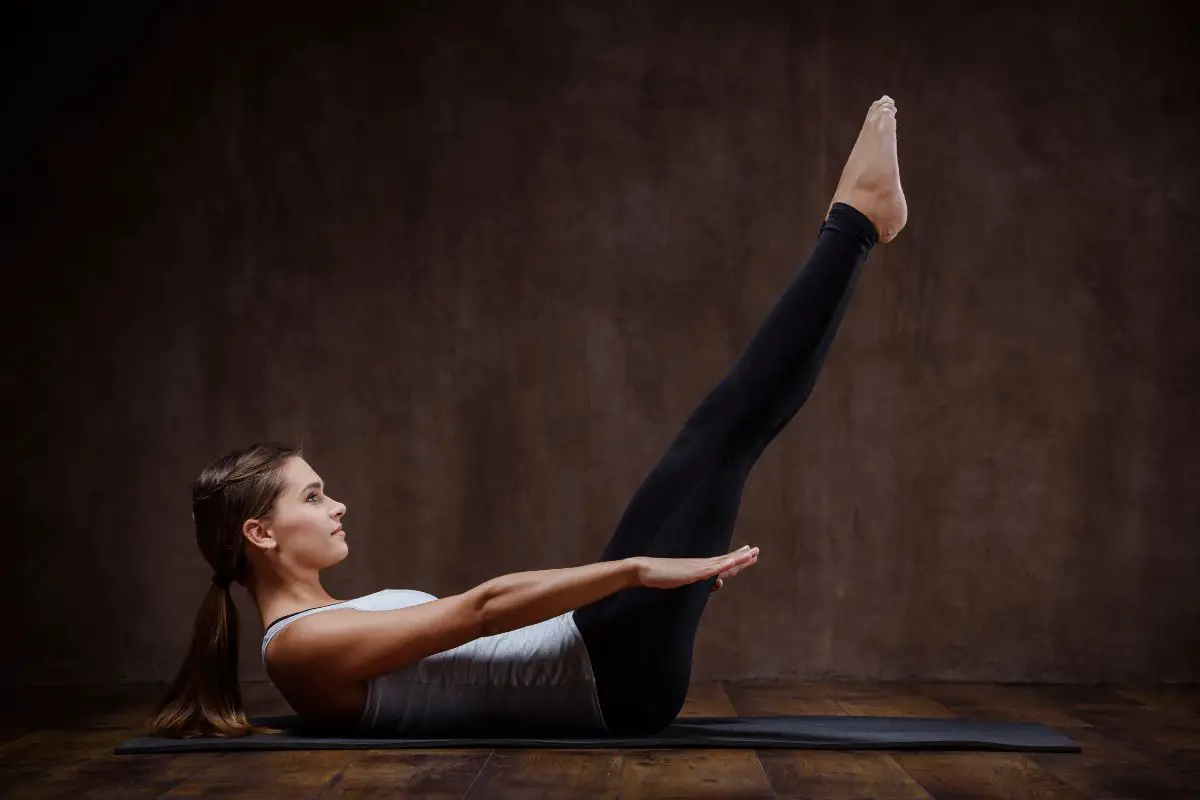
If you want to build stronger abdominal muscles, and in turn stretch the stomach muscles to ease IBS, try rolling up.
This exercise targets the rectus abdominis muscle, the deepest layer of your core, where most of your strength lies.
The key to making this exercise work is to keep your spine straight while performing it. If you bend forward, your body won’t engage the deep muscles effectively.
In addition to targeting your core, this move strengthens your upper back, shoulders and biceps.
Twist And Reach
The obliques are the muscles running along either side of your spine.
They’re often overlooked because people don’t think about twisting while sitting down, but it’s actually an effective way to tone up the area.
This exercise targets those muscles specifically, making it easy to do without straining other parts of your body. Start by lying on the floor.
Bring both knees into your chest, keeping your feet flat on the ground. Then, lift your shoulders off the mat and hold onto a resistance band.
As you inhale, twist to the left, reaching as far as possible toward the wall behind you. When you exhale, return to center and repeat the movement to the right.
Do 10 reps total, alternating sides each time. You’ll feel the burn in your lower abs immediately.
Breathing
Most people are familiar with the concept of inhaling and exhaling; however, many are unaware of how important proper breathing is during exercise.
In fact, it’s one of the most overlooked aspects of the entire workout. If you’re holding your breath while exercising, you’re doing yourself a disservice.
You’ll never achieve maximum benefit from your workouts, nor will you be able to perform at your best throughout the day.
In addition to being crucial to achieving optimal health and fitness, proper breathing is also integral to Pilates practice.
When you breathe properly, you activate your core, allowing you to strengthen and tone your body without straining your joints or causing injury.
Proper breathing also allows you to relax deeper into each pose, giving you greater flexibility and range of motion.
Abdominal Work
It is important to understand what you are doing and why. If you are performing crunches because you think you need to lose weight, you are missing out on the true benefits of core training and the benefits to dealing with IBS through such exercise.
A strong core works to stabilize the spine, pelvis, hips and shoulders. Without proper stabilization, injuries such as lower back pain, knee problems and shoulder issues can occur.
It is important to know how to perform each exercise correctly.
For example, the Hundred Beats requires a neutral spine position, which is achieved by keeping your head still and maintaining a straight line from your ears to your toes.
This allows you to focus on the movement rather than the movement of your body.
Most importantly, make sure you do your ab work regularly and consistently.
You don’t want to overtrain your abs, so take it slow and steady. Remember, core strength and IBS relief does not happen overnight.
Final Thoughts
Pilates is a great form of exercise that has been proven to help reduce stress, improve posture and increase overall well-being.
It is a great option for anyone suffering from IBS symptoms, especially if they have trouble living a comfortable life and when exercising.
